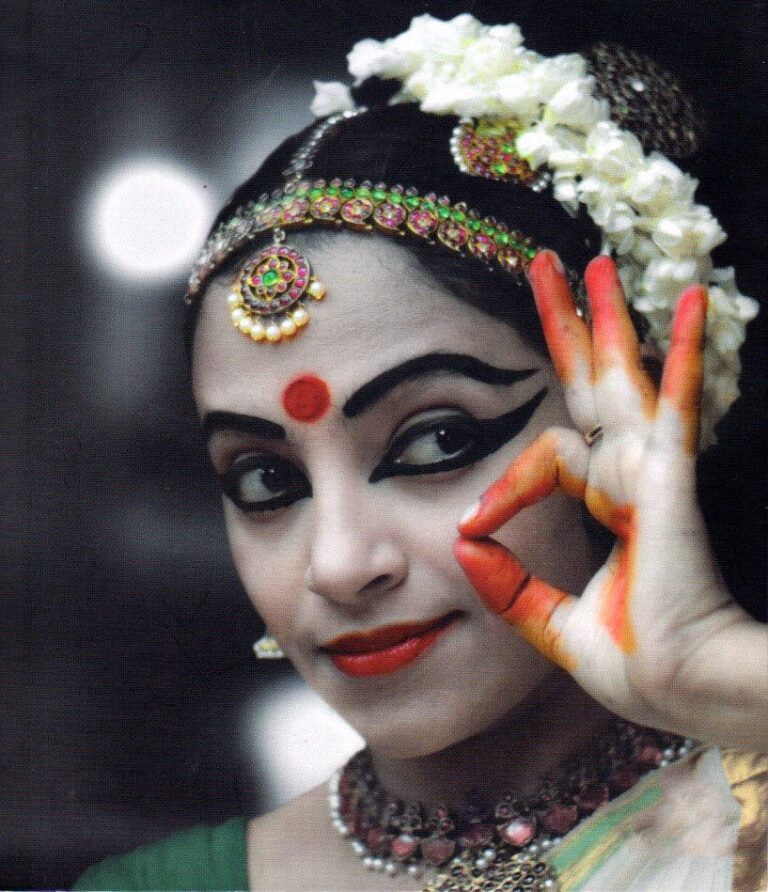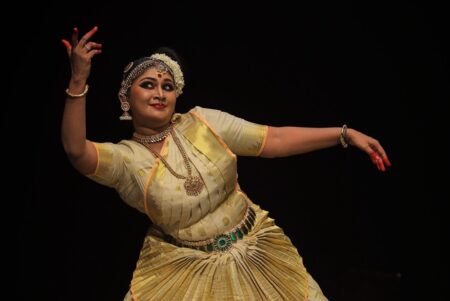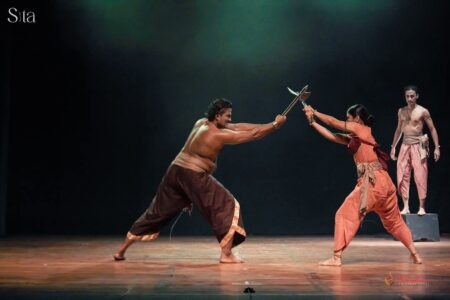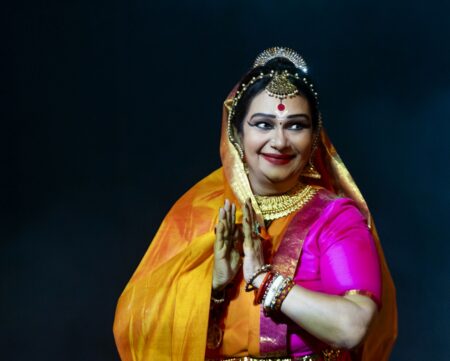Swathi Thirunnal structured and systematised Mohiniyattam. However, in the 19th-century the art form lost its dignity and was ostracized by the public.
In one of the previous articles, we read in detail about the Devadasi tradition that existed in parts of South India. The usage of the word ‘bala tarunimar’ (young females) is characteristic of the Devadasi system. This indicates that young unmarried girls were commonly performing the Mohiniyattam those days. The performance of the female dancers includes the enacting of the ‘mudras’ and the ‘rasas’. Among the nine rasa-s (expressions or sentiments) Sringara or ‘erotic sentiment’ is considered the rasa that embodies all other rasa-s. This suggestion goes well with Mohiniyattam as the dance form gives prominence to the sringara rasa above all the other rasa-s.
The mudras such as ‘Mushti’, ‘Katakam’, ‘Mudrakhyam’ and ‘Pathakam’, which the female dancers use, are actually the first mudras illustrated in the ‘Hastalaknsaadipika’.
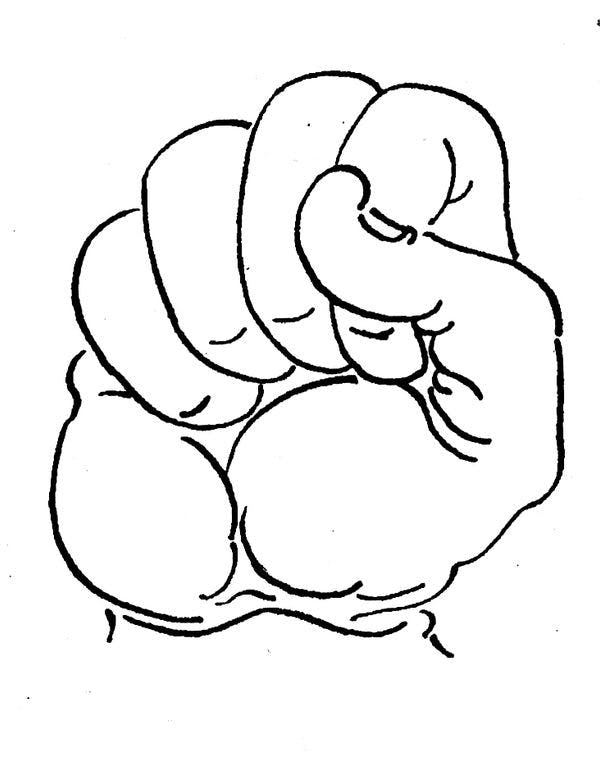
Mushti1 of 4
However, ‘Mudrakhyam’ does not appear in Natyashastra and Abhinayadarpaṇa as a ‘hastam’. From these suggestions we can assume that Kunchan Nambiar was actually dwelling upon women dancers of Kerala in his Thullal works. The following lines tell us about the mudras:
“Chollum padannalkkabhinayam kontuma-
nnellarasannalum bhavicchu mevinal
Mustikatakavum mudrapatakavum
Tustikalarnnorabhinayaminnine
Ottum pilayate kattunnatinottu
Kottum kulalum Mulakunnu sankhukal
Tattinmeloro cavittum kalasavum”
While describing the ragas he used ragas that were common in Kathakaḷi and Mohiniyattam.
“Thoti, kalyani mukhari kamodari
Pativaratiyum pantuvaratiyu
Manandabhairavi sankarabharanvu
Mahiri nila kamodari bhairavi
Mohanamaya punnagavaratiyum
Malavibhupala punnagavaliyum
Keliyerunnadhanasibalahari
Kedaragaudam vasantaramagriyum
Kedarabandhu desaksi malahari
Nathanamakriya nattasuruttiyum
Modamerikkila kamodari pinne
Kantharavum yamunahvayakalyani
Devagandharavum kanakkurinniyum
Kusateyandilayindisa mohanam
Srikantha sriramamindusaurastravum
Sundariragavum gaudagaurannalum
Praudhatayoyutan patunnu narimar”
Many of the above-mentioned ragas were used in Mohiniyattam in the past.
Swathi Thirunnal’s Contribution
A metamorphosis had occurred during the time of Maharaja Swathi Thirunal, who was interested in Carnatic music. Swathi Thirunal with the help of the Tanjore brothers remoulded Mohiniyattam and systematized it with many specifications. Due to these influences in the 19th Century, Mohiniyattam gained similarities with Bharatanatyam in many aspects of its music and performance.

Swathi Tirunnal
Various talas were used in this dance form. The poem here indicates the rhythms used in this art form.
“Ēkatālaṁ piṭiccindiśa pādīṭṭa-
ṅṅurvvaśī! nāṭakaṁ nirvahiccīṭaṇaṁ
Rūpatālaṁpiṭiccambil malahari
Pāṭuka kāminī raṁbhē! maṭiyatē
Ēkatāḷaṁ piṭiccittiri pāṭini
Aṁgajarūpīyaṭanta piṭiccunīyānada
bhairavi pāṭiyāṭīṭuka
Kandaśī tāḷaṁ piṭiccu navarasaminnupāṭīṭaṇa
mindumukhimārē!
Cambatāḷaṁ piṭiccittiri pāṭīṭṭụ
pañcapadattil cuvaṭuṁ caviṭṭaṇaṁ
Varṇṇatāḷattil kavitakaḷ keṭṭaṇaṁ
Kuṁbhatāḷattilennākilumāmeṭo!”
In many situations it is said that a song should be sung in Indisa raga.
Panthattam: The Common Factor
“Pantaṇikkoṅkayaḷaya tilōttamē;
Pantaticchituka paṅkaja lochane”
(Panthattam – playing with ball)
It mentions the pure dance techniques of playing with the ball in the Lasya tradition. Playing with ball or panthattam is still continued in many art forms of Kerala including Kutiyattam, Nangiarkuttu, Krishnanattam, Kathakaḷi and Mohiniyattam.
However, in the later period, Mohiniyattam lost its dignity and was degraded as a dance performed for the uncultured men with low aesthetic sense. Slowly the very performance of Mohiniyattam fell into disrepute in the society and the people wanted to put a stop to its performance.
(Assisted by Sreekanth Janardhnan)

